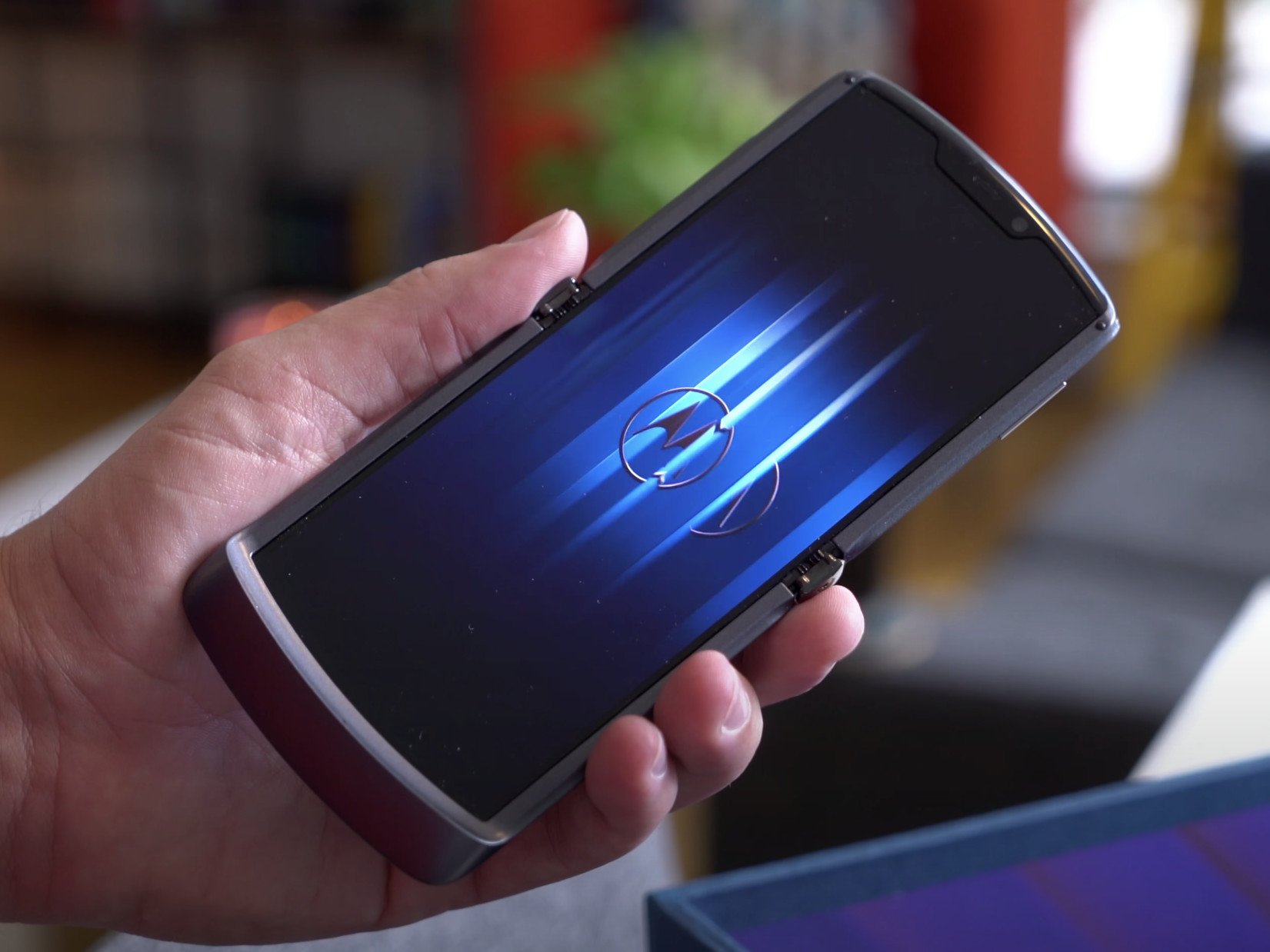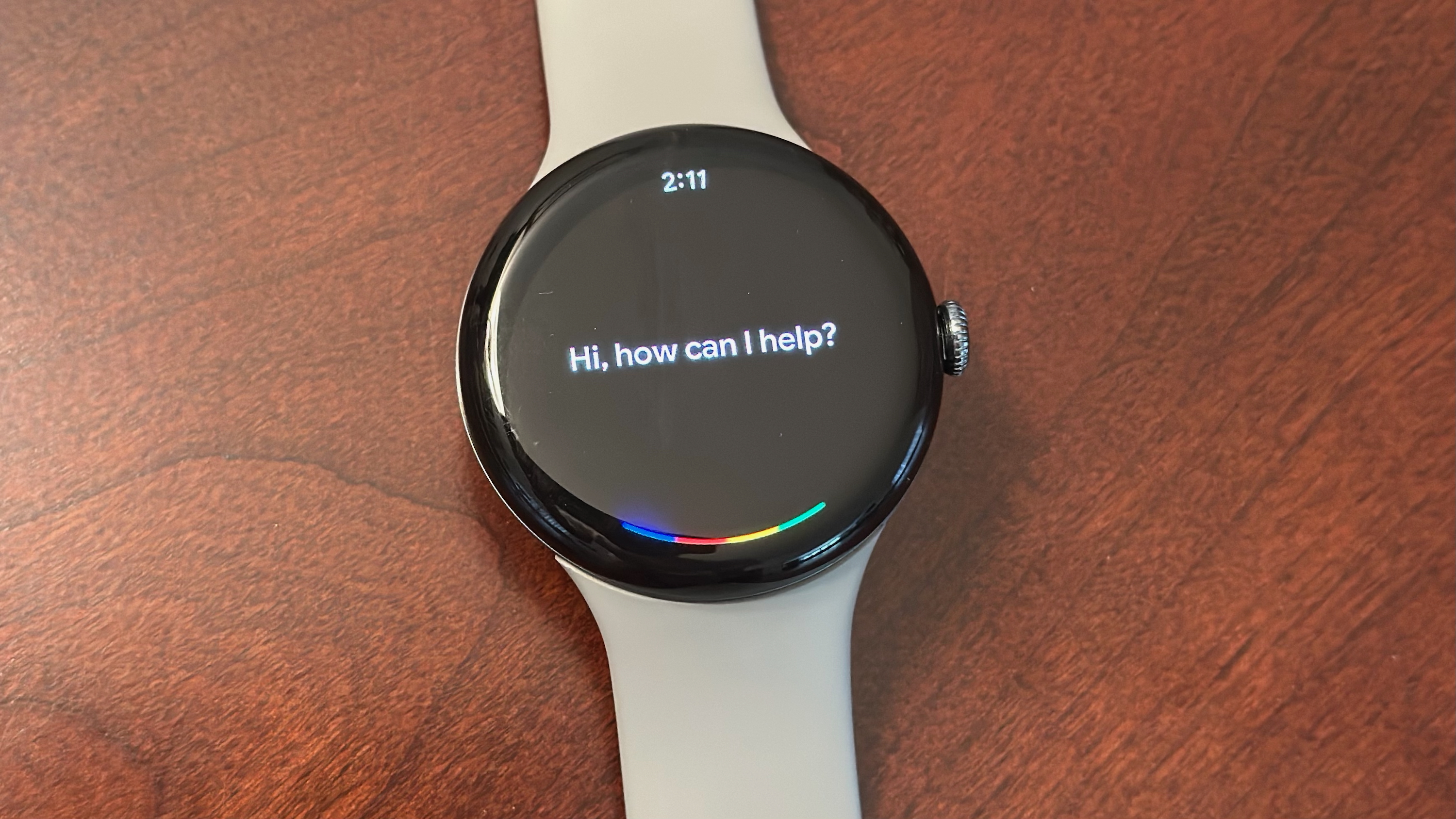
The only thing better than bringing back a classic, is getting a second chance to do it right. A little over a year ago, Motorola reinvented the legendary RAZR clamshell as a bleeding-edge foldable smartphone — but as a first-generation foldable, it carried compromises: high price, carrier exclusivity, and doubts about its dependability. All it took was some stiff Samsung competition to render the RAZR an also-ran … an indignity that Motorola is today able to address with the new Motorola RAZR (also known as the RAZR 5G).
| Category | Motorola RAZR 2 |
|---|---|
| Operating System | Android 10 |
| Outer Display | 2.7 -inch |
| Main Display | 6.2-inch |
| Processor | Qualcomm Snapdragon 765G |
| Memory | 8GB RAM |
| Storage | 256GB |
| Rear Camera | 48MPf/1.7OIS |
| Front Camera | 20MPf/2.2 |
| Security | Rear fingerprint sensor |
| Connectivity | 5G (sub-6)Wi-Fi 802.11 b/g/n/acBluetooth 5.1 |
| Battery | 2,800 mAh |
| Charging | 15W wired charging |
| Dimensions (Folded) | 2.6 x 91.7 x 16mm |
| Dimensions (Unfolded) | 2.6 x 169.2 x 7.9mm |
| Weight | 192g |
| Colors | Polished GraphiteLiquid MercuryBlush Gold |
Confession time: remember how, less than an hour after laying hands on the first Motorola RAZR, I told you I was buying one? Well, I didn't, because I couldn't justify switching to exclusive launch partner Verizon. Thankfully, that's the first problem the new RAZR solves. Yep, no matter which corner of the box you look at, you won't find a carrier logo, because the new RAZR is available unlocked from day one — in over 35 markets around the world. There's also a physical SIM tray this time around in addition to eSIM. Serial SIM swappers, rejoice!
Moving up and around the corner from that addition, we find a subtraction. In order to streamline the RAZR's distinctive chin, the fingerprint sensor has been moved to the back, where it's been cleverly combined with the cutout for the Motorola logo. It's lower on the body than on most phones, so the new ergonomics take a little getting used to, but you can now use it as a notification shade shortcut. So on the whole, we'll call it a win.
Speaking of ergonomics: man, this thing is a treat to hold. It's thicker, wider, and slightly shorter than last year's model, with a more rounded flip or top half. There's also a new Gorilla Glass 5 backplate to replace the plastic one. I'm not crazy about that change when it comes to my "Polished Graphite" review sample here, which slips and slides on soft surfaces much more readily than the old RAZR did. But the two other colorways swap the glossy finish for a satin one, and with one of them, Motorola finally brings back the metallic silver color of the original 2004-era RAZR. The company calls it "Liquid Mercury," but it might as well be called "Michael Fisher kryptonite."


Inside, familiar components have been been tuned up. It's the same P-OLED display ensconced within the same teardrop-style stainless steel hinge, but the display is now stretched more tightly across the metal supports underneath, and the hinge now has fewer moving parts. Motorola tells me that's meant to cut down on the potential for the kind of noises that caused such concern on last year's review devices, and at first listen, while you can still hear the display folding, it's substantially quieter than the RAZR 2019 review sample I've carried since March. Motorola says the new hinge should be good for 200,000 flips, or about five years if you flip it 100 times a day.

On the software front, the RAZR 5G builds on the improvements that came with the Android 10 update, which were focused on letting you do things like send messages from the external display. That display continues to be the RAZR's biggest advantage against Samsung's Galaxy Z Flip — and the RAZR 5G takes it a step further by letting you do almost anything out here, including opening any app you want.
You can now run any app that you want on the outer display.
Why would you want to subject yourself to this comically compact calendar? Battery life. The more functionality the phone can offer on the smaller, easier-to-power cover display, the longer the phone will last. Endurance should also be helped by an 11% boost in power pack capacity over last year, and a much newer processor as well.
Be an expert in 5 minutes
Get the latest news from Android Central, your trusted companion in the world of Android
That Snapdragon 765G underpins a host of upgrades across the spec sheet, from doubled storage to 2G more RAM to an all-new, optically-stabilized camera, to a foursome of low-band 5G antennas split between the flip edge and the chin. Now you know I'm not big on specs: too much ink was spilled fretting about the older silicon under the hood of last year's RAZR, which continues to run just fine.

But in the time I've had with the new model thus far, every interaction has been as smooth and as fast as you'd expect from any 2020 flagship. I don't mind the lack of a high-refresh-rate display (at this point, clamshell foldables don't need any more battery drains than absolutely necessary), but I am sad to see that there's no wireless charging — or any kind of charging faster than 15W.
I'm testing the new RAZR over the next few days and my review will devote a lot of time to the camera and battery life, both of which came up pretty short on the 2019 model. But when you look at the hardware improvements, the end of Verizon exclusivity, and a new price point that undercuts the Galaxy Z Flip 5G … well ... that's just the kind of combination Motorola really needed to close the gap with the competition, and re-invigorate a foldable segment that, for a while there, was starting to look like it belonged entirely to Samsung.

